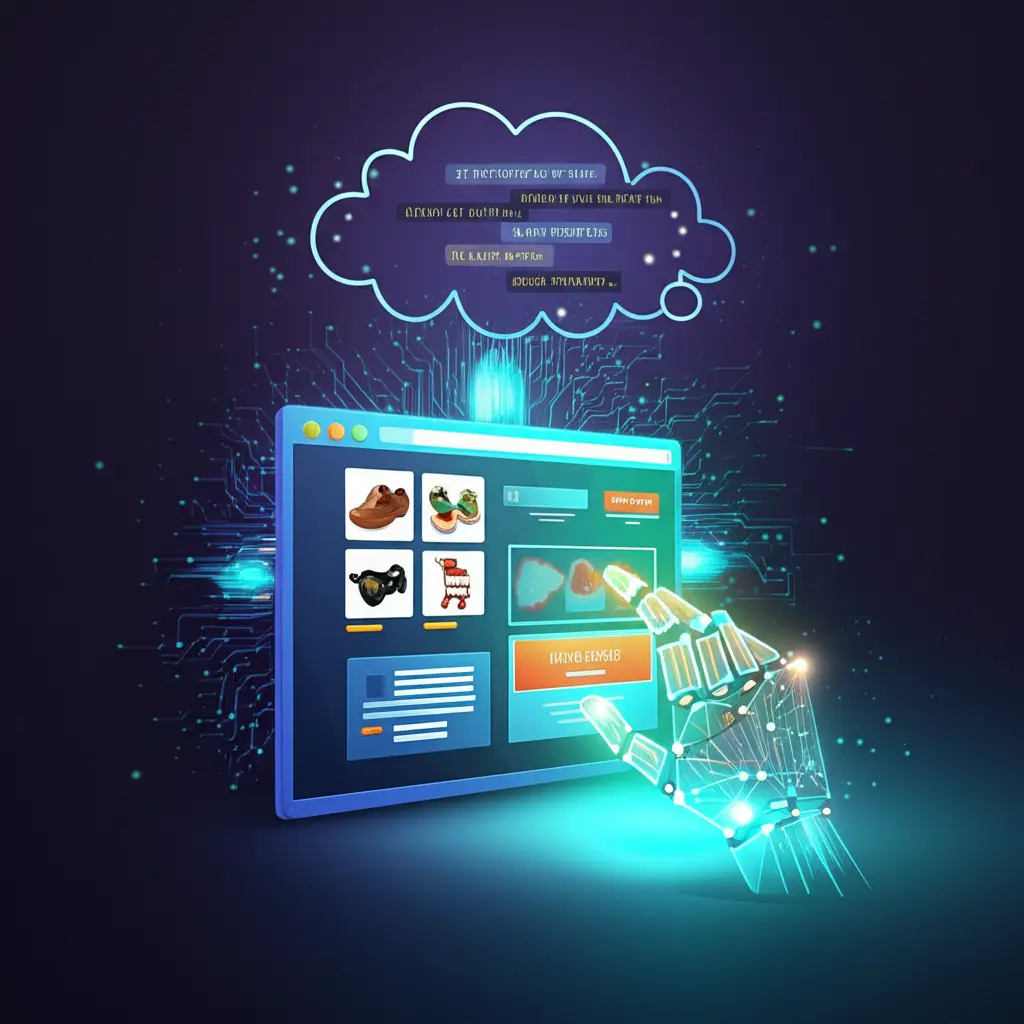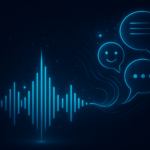
Manual testing and scripted automation have long been staples of software quality assurance. But they come with inherent challenges—time-consuming test creation, high maintenance costs, and lack of flexibility when application flows change frequently.
Now, imagine an AI agent that can understand a plain-English instruction like “Log in, add a product to the cart, and complete the checkout process,” and autonomously execute it on a live web application. No Selenium. No boilerplate code. Just intelligence and automation working in harmony.
This is the premise behind OpenAI’s Testing Agent Demo—a fusion of natural language processing, browser automation, and intelligent decision-making that demonstrates the potential of AI-driven UI testing.
Understanding the OpenAI Testing Agent Demo
The Testing Agent Demo is an open-source project developed by OpenAI to demonstrate how an AI agent—powered by its Computer Use Agent (CUA) model—can perform end-to-end testing of a web application.
The system takes in a natural-language test instruction and autonomously executes it through real-time browser automation. It leverages:
- The CUA model to understand and reason over user instructions
- Playwright, a modern browser automation tool
- WebSockets for live feedback and test monitoring
- A simple UI frontend for managing test cases
- A sample test web app to run against
Together, these components form a testing ecosystem where humans define “what” to test, and the AI handles the “how.”
The Architecture: A Unified Testing Stack
OpenAI’s demo project is structured as a monorepo containing three major components. Each part plays a unique role in orchestrating the intelligent testing process.
1. Frontend (Test Controller UI)
The frontend is built using Next.js and acts as the user interface for writing and launching tests. It allows users to:
- Select or write new test instructions in natural language
- View the real-time progress of the AI test execution
- Observe logs, screenshots, and success/failure indicators
This layer abstracts all technical complexity and presents a clean, intuitive testing dashboard.
2. CUA Server (AI-Powered Orchestrator)
The heart of the system is a Node.js server that:
- Accepts test inputs from the frontend
- Uses the CUA model to interpret what the test should do
- Employs Playwright to perform the actual browser interactions (clicks, navigation, typing)
- Streams execution results and screenshots back to the frontend
It acts like a translator—converting plain-language scenarios into intelligent browser actions.
3. Sample Web App (Test Target)
To demonstrate the capabilities out-of-the-box, the demo includes a basic e-commerce application. This app features common UI flows like product searches, shopping carts, and checkouts, making it ideal for running meaningful tests.
However, this app can easily be replaced with any web application—whether internal or production-ready—allowing for real-world testing beyond the sandbox.
Behind the Scenes: How It Works
Here’s a breakdown of the agent workflow from instruction to execution:
- A user writes a test scenario (e.g., “Add two products to the cart and proceed to payment”) in the UI.
- This instruction is sent to the backend CUA server.
- The CUA model processes the request, understands the task’s context, and breaks it down into step-by-step browser interactions.
- Playwright then carries out these steps in a real browser instance.
- As each step is completed, logs and screenshots are sent back to the UI in real-time.
- The user sees a full trace of the test execution, along with pass/fail signals.
This intelligent testing pipeline eliminates the need for manually coded test scripts while offering flexibility and clarity throughout the process.
Why This Project Matters
The implications of OpenAI’s Testing Agent Demo stretch far beyond a simple UI test.
1. Reduces Technical Barriers
Testing no longer requires advanced programming skills. Product owners, designers, and QA analysts can now participate in writing and managing tests without code.
2. Accelerates Testing Cycles
Instead of spending hours writing and debugging test scripts, teams can spin up intelligent tests in seconds. The result is faster feedback, shorter sprints, and more robust CI/CD pipelines.
3. Makes Testing More Adaptive
Unlike rigid scripts, the AI agent understands context. It can adjust to slight UI changes, making it more resilient than traditional automation frameworks.
4. Enhances Transparency
With live logs and screenshots, teams gain full visibility into test behavior. This is essential for debugging, documentation, and decision-making.
5. Paves the Way for Agent-Driven DevOps
This project is a stepping stone toward broader agentic workflows—where AI handles not just testing, but deployment, monitoring, and maintenance.
Known Limitations
As with any preview technology, there are constraints:
- Limited access: The CUA model is currently in preview and may not be available to all users.
- Inconsistent behavior: The AI may occasionally misinterpret complex instructions or fail gracefully.
- Not production-ready: It’s ideal for learning, experimentation, and internal tools—not yet suited for mission-critical pipelines.
Users are encouraged to test in sandbox environments and explore integrations cautiously.
Real-World Applications
OpenAI’s Testing Agent Demo opens doors to a variety of practical use cases:
- Intelligent UI testing for web and mobile applications
- Automated regression testing with natural language inputs
- Interactive tutorials and product walkthroughs driven by AI
- Live demos for sales or onboarding teams
- AI-assisted debugging based on user flows and test failures
As the underlying models become more accurate and available, these use cases will only expand in scale and impact.
The Future: Towards AI-Driven Development Pipelines
The Testing Agent Demo is just the beginning. Combined with OpenAI’s broader agent architecture (like Operator, Function Calling, and Actionable Tools), we are headed toward a future where entire software workflows—testing, deployment, scaling, and monitoring—are managed by intelligent, autonomous agents.
In such a world, developers might focus less on how something works technically, and more on what needs to happen functionally—leaving the “how” to AI.
Conclusion
The OpenAI Testing Agent Demo is a bold, exciting glimpse into the future of software automation. It empowers teams to break away from script-based test routines and embrace a more intuitive, adaptive, and intelligent testing methodology.
If you’re working in DevOps, QA, frontend engineering, or product management, this project is worth exploring—not just as a tool, but as a vision of where software development is going.
Whether you’re curious about LLMs in automation or searching for the next leap in test innovation, OpenAI’s testing agent offers an inspiring and practical starting point.
To Know More : OpenAi
Follow us for more Updates










